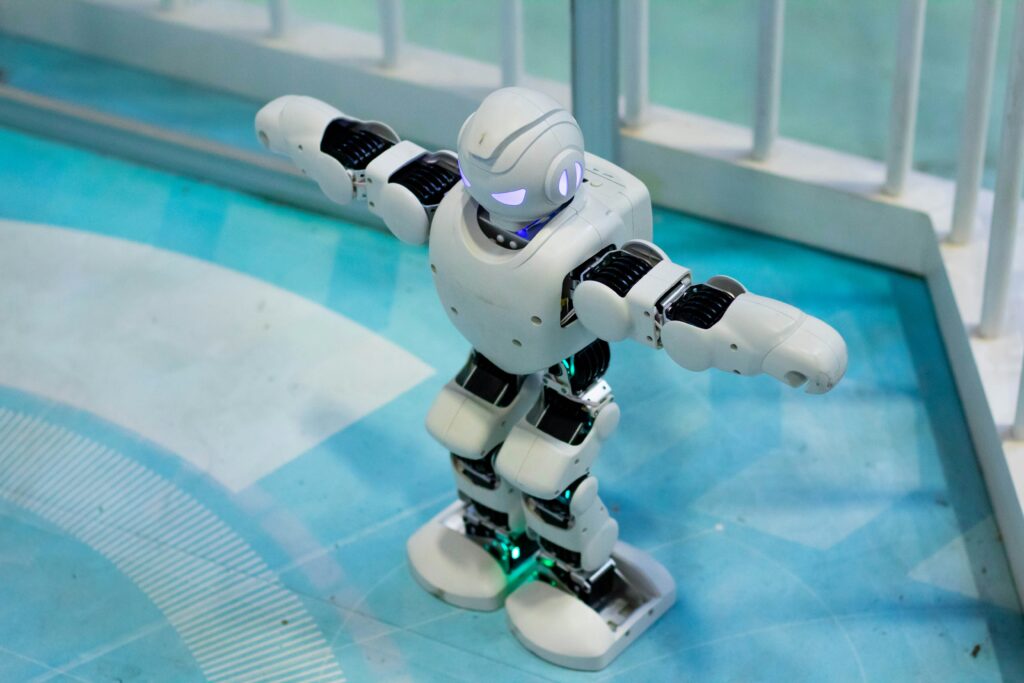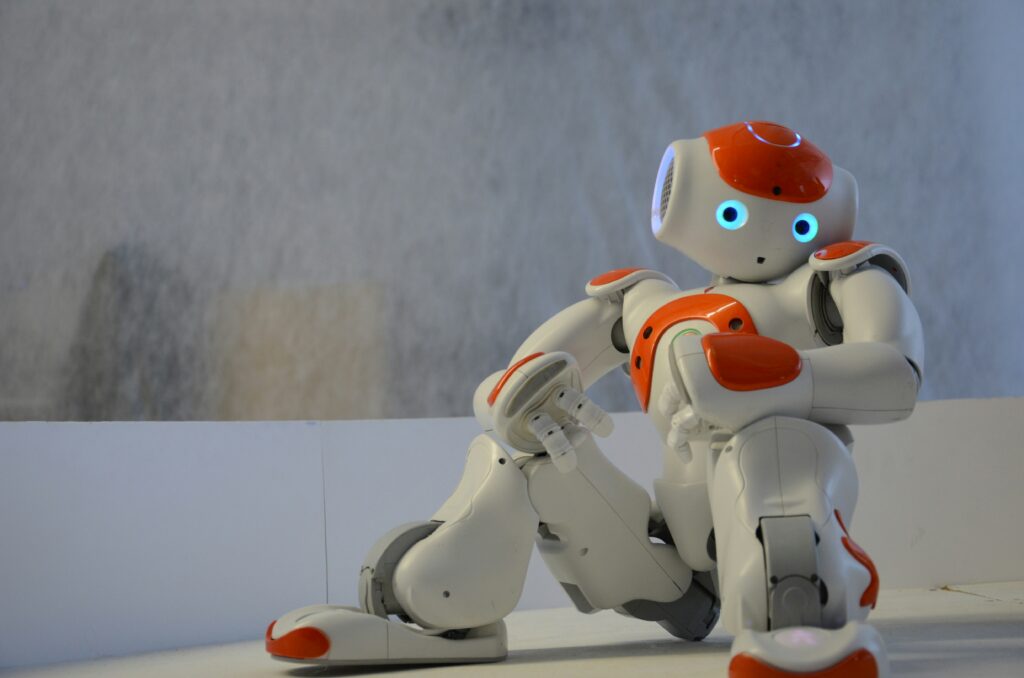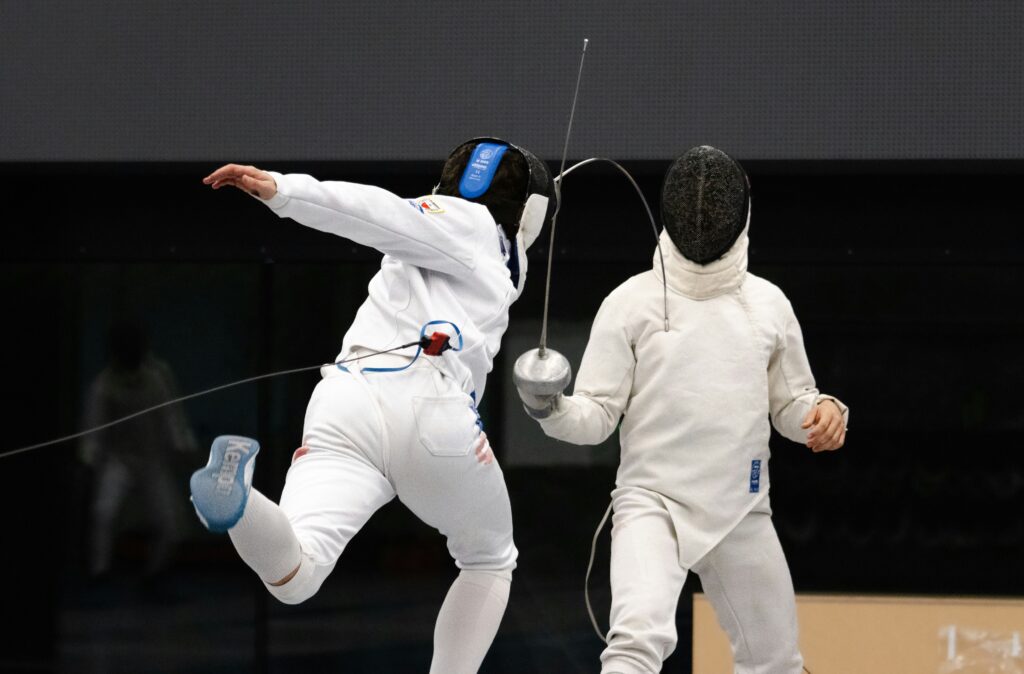
Competitive robot combat has been a growing fascination worldwide, bridging the gap between engineering brilliance and high-octane entertainment. Imagine intricate humanoid machines squaring off in a ring, throwing punches, dodging attacks, and showcasing strategies that mimic human fighters. It’s not science fiction anymore; it’s our new reality. This innovation reached an entirely new level during a high-energy Chinese kickboxing competition that pitted humanoid robots against one another in an unprecedented display of technology and combat skill.
If you’re as intrigued as we are, buckle up as we take you into the world of robot combat, explore the event’s highlights, and dig deep into the technology steering these humanoid gladiators.
Background of Robot Combat
Robot combat may sound futuristic, but its roots date back to the late 20th century with simpler bots designed to smash or flip over their opponents. The Robot Wars and BattleBots TV series turned robotic fighting into a globally recognized entertainment format in the 1990s. Since then, robotic combat has evolved, going beyond basic destructive techniques to include complex strategies, advanced AI, and humanoid designs.
With this rapid evolution, mechanical fighters have captured the imagination of millions, with leagues and competitions sprouting across countries like the United States, Japan, and, now, China. The world of robot combat isn’t just a spectator sport; it is a high-tech proving ground where engineers and inventors push the boundaries of what robots can achieve.

The Chinese Kickboxing Competition
While robot combat competitions are familiar to most fans, introducing kickboxing to the arena marked a bold new step. Organized in China to showcase advancements in humanoid robotics, this event attracted a mix of eager spectators, tech enthusiasts, and global robotics experts.
Key Details of the Event
- Focus on Humanoid Design: Unlike traditional robot battles, this event featured humanoid robots exclusively, designed to resemble human anatomy with arms, legs, elbows, and lifelike joints.
- Teams of Innovators: The competition saw entries from top universities, startups, and tech companies, each spending months (if not years) perfecting their robotic contenders.
- Regulations: The event adhered to strict rules, banning weaponry and emphasizing skill-based performance modeled after human kickboxing.
The result? A thrilling mix of strategy, engineering prowess, and a lot of jaw-dropping moments that redefined robotics competitions.
Robot Design and Technology
Humanoid robots are marvels of engineering, and their designs are even more critical in a kickboxing arena. The participating robots in the Chinese competition featured cutting-edge technology to mimic human movements accurately.
Key Features That Stood Out
- Advanced AI and Sensors
These competitors weren’t merely remote-controlled; their AI capabilities conveyed the intelligence needed to read an opponent’s movements, anticipate attacks, and deliver calculated responses. Sensors placed around their bodies helped detect hits and maintain balance.
- Life-Like Mobility
Engineers integrated state-of-the-art joint mechanisms and actuators to recreate human-like movements. From pivoting mid-combat to executing spinning kicks, the level of fluidity was remarkable.
- Durable Materials
The robots were composed of lightweight yet durable materials like carbon fiber composites and titanium alloys. Such materials ensured they could withstand multiple rounds without compromising agility.
- Energy-Efficient Systems
The machines were equipped with energy-efficient batteries capable of sustaining power-intensive activity for an entire match, removing interruptions and enhancing continuity.
This fusion of engineering brilliance and creativity allowed the robots to mimic seasoned martial artists while ensuring durability and performance optimization.
Event Highlights
The event offered spectators a roller coaster of moments. Some robots were undefeated titans, while others earned a soft spot despite their losses. Here are a few highlights worth noting.
Notable Matches and Strategies
- The Underdog Victory
Team SkyTech’s robot, an unassuming underdog, delivered a surprising knock-out kick in Round 2, becoming the crowd’s favorite underdog story.
- Strategic Excellence
ModifiedAI’s bot executed a near-perfect defensive dodge strategy, exhausting its opponent before delivering a decisive counterattack.
- Unexpected Malfunctions
A few competitors experienced on-field glitches, such as limbs locking mid-action or balance failure. While unfortunate, these hiccups offered essential learning opportunities for future iterations.
The robots displayed strategies eerily similar to those used by human fighters, highlighting the intelligence driving these machines.
Ethical and Safety Considerations
With autonomous and semi-autonomous systems contributing to robot combat, ethical considerations became a focal point of the competition.
Ensuring Fair Play and Fair Fight
Organizers implemented transparency measures to ensure AI systems complied with established rules and didn’t use deceptive programming for competitive advantage. For instance, attacks targeting key structural weaknesses, like joints, were strictly prohibited.
Addressing Potential Risks
The possibility of malfunction, particularly in robots operating autonomously, warranted rigorous safety protocols. Referees had the authority to end matches at the first sign of technical failure that might create safety hazards to other bots or equipment.
Impact and Future of Robot Combat
The Chinese kickoff into humanoid robot kickboxing has stirred discussions across industries.
Influence on Technology
This event underscores the real-world applicability of humanoid technology. The AI models and hardware innovations used in these robots could easily translate into industries like healthcare (e.g., surgical robotics) and logistics (e.g., more adaptive automation).
Predictions for the Future
Here are some predictions for where robot combat might go next:
- Global Competitions
With increased participation, robot kickboxing could emerge as a prestigious global league.
- Even More Realistic Robots
Future bots may introduce enhanced expressiveness through facial recognition and body language simulation.
- Commercialization
Merchandise, live streaming rights, and partnerships with tech brands could turn robot fighting into a significant revenue-generating industry.
Expert Opinions
Speaking about the ingenuity on display, Dr. Ming Zhao, an AI and robotics engineer, remarked, “What we witnessed here is not just entertainment; it’s a glimpse into how robotics can reshape industries.” Another industry expert Jeanette Kulkarni commented, “Events like these bridge the gap between theoretical advancement and practical demonstration. We’ve only scratched the surface.”

People Also Ask
- What is robot combat?
Robot combat is a competitive sport involving robots designed to battle each other in structured rounds to showcase technological and engineering prowess.
- Are humanoid robots used in industries other than combat?
Yes, humanoid robots are commonly applied in healthcare, education, customer service, and entertainment for tasks such as personal assistance, teaching, and data collection.
- How can I watch live robot combat events?
Major competitions often host live streams on platforms like Twitch or YouTube. Following popular events like BattleBots is a great start.
The Rise of Humanoid Robot Competitions
The Chinese humanoid kickboxing competition showcased not only how far robotics has come but also its endless potential for the future. Blending cutting-edge AI with martial artistry, the event was a thrilling demonstration of both engineering genius and sportsmanship innovation.




